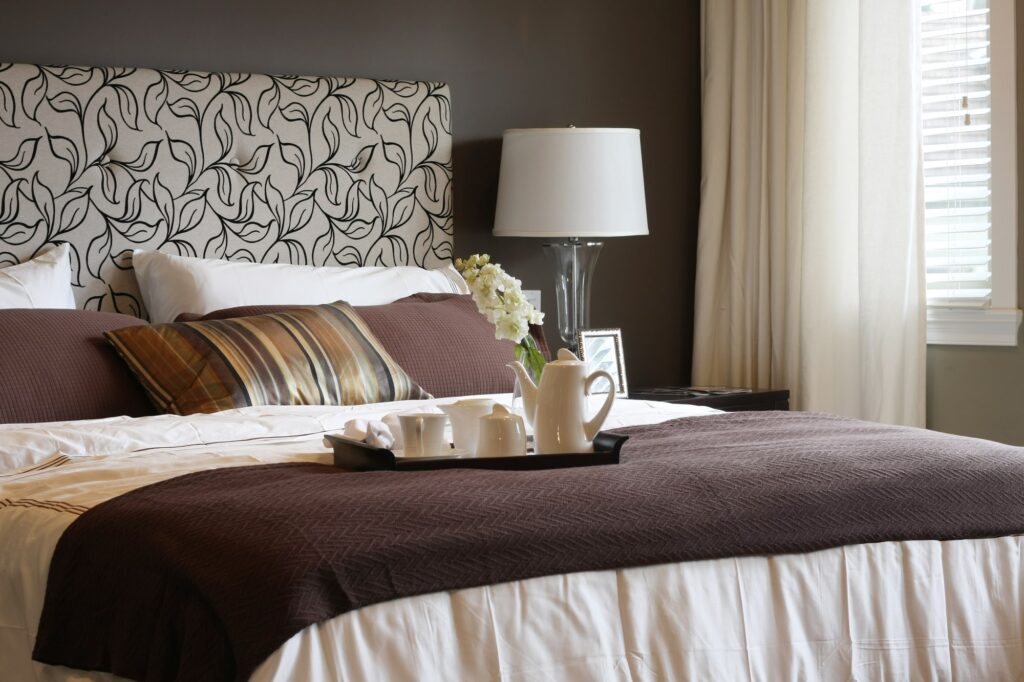How to create the optimal sleep environment
The secret to getting a good night’s sleep is to create the optimal sleep environment.

We all know that getting a good night’s sleep is central to our health and wellbeing. However, ensuring that you get good quality and quantity of sleep has a lot to do with the environment you create. Here are our best tips on creating the best sleep environment.
How to create the optimal sleep environment
Have a little shhh
It may sound obvious, but ensuring your bedroom is quiet is central to getting good sleep. While you may not be able to completely soundproof your room, you can take the following steps to reduce the noise:
- Shut your bedroom door to reduce noise from the rest of the house
- Ensure music and televisions from the rest of the house aren’t too loud
- Seal any gaps around your windows or under your door
- Use curtains on the windows rather than blinds
- Place heavy furniture against an outside-facing wall
- Ensure any electronic devices are on silent or sleep mode
- Use white noise to block out other noise
Darken your room
Sleeping in a dark room is easier than sleeping in one that’s light. Use the following tips to ensure your sleep isn’t distracted by light:
- Use block-out blinds or curtains on the windows, preferably in a darker colour
- Ensure curtains completely cover the window, especially if your bedroom faces towards a street light
- Paint the walls a darker colour
- Avoid nightlights or motion-sensor lights in your room
- Place phones screen-side down on your dresser or bedside table (on silent of course!)
- Get rid of digital clocks
- Shut your bedroom door and seal any cracks
- Consider wearing an eye-mask
Not too hot, not too cold…just right
We all know how hard it can be to sleep when we’re too hot or too cold, so the secret is to get the temperature ‘just right’. Experts recommend the optimal temperature to get a good sleep is between 15⁰C and 22⁰C. Fortunately, with the use of air conditioners and heaters, it can be pretty easy to tailor the right temperature for you.
Cosy covers
Ensure your bed has quality bedding. Choose higher-quality sheets that don’t ball after a few washes, and fabrics that breathe, rather than synthetic ones. Go for layers rather than one heavy blanket or doona as you can make sure you don’t get too hot or too cold during the night. Weighted blankets have also been shown to improve sleep so consider whether one is appropriate for you.
Comfortable mattress
It goes without saying that if you sleep on an uncomfortable mattress, you’re going to have an uncomfortable sleep. Make sure you choose a mattress that provides you with the right amount of support. Your mattress should also be made of quality materials and be manufactured to the highest standards. And don’t forget to consider any special needs such as bariatric, waterproof or hypoallergenic mattresses.
Supportive pillow
A supportive pillow is just as important as a supportive mattress otherwise you can expect disturbed sleep, ongoing neck pain and headaches. Make sure you consider what kind of sleeper you are, as good-quality pillows take into consideration whether you sleep on your back, tummy or side.
If you need help choosing the right mattress for your bedroom, we can help. We have a wide range of quality mattresses designed for every member of the family. Come into our store and speak to one of our friendly sales assistants, or browse online today.





